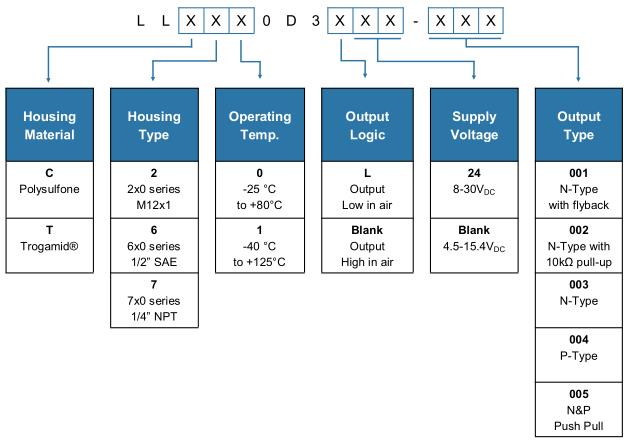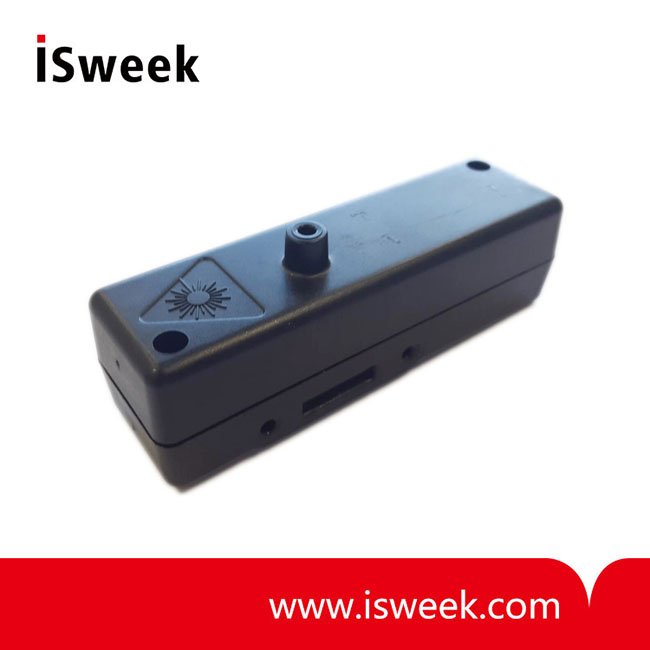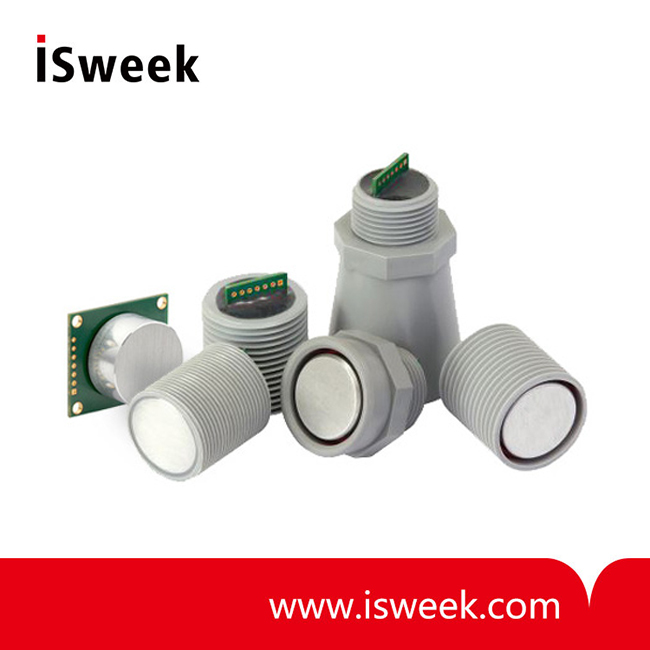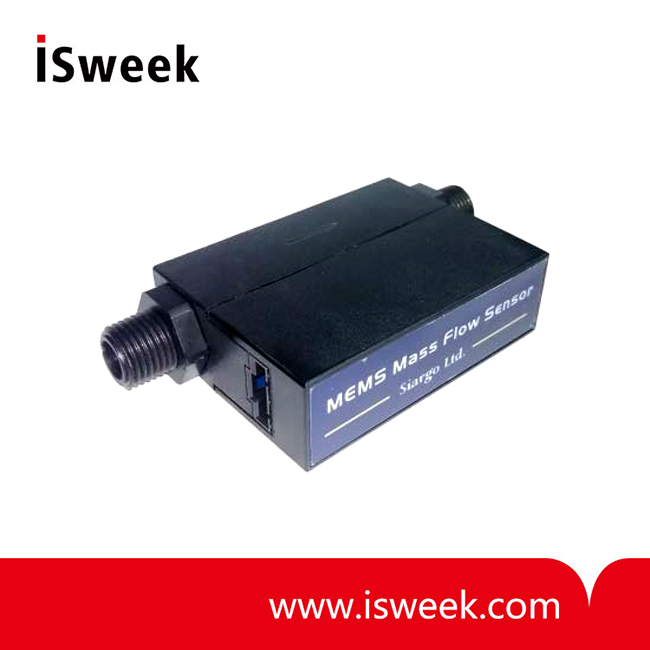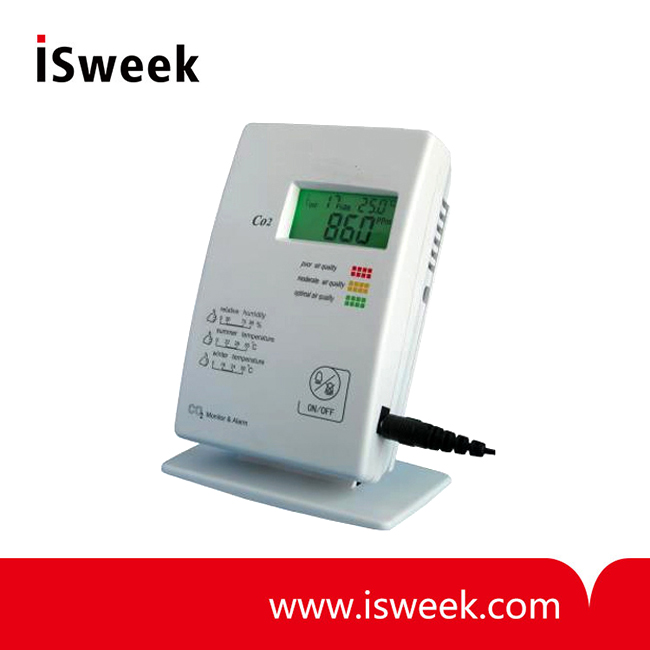Scrubbing solution is the solution to be added in washing section during fractional extraction process used for eliminating impurities and fission fragments from load organic phase. Various scrubbing solutions are used for different kinds of demands. ISWeek would like to demonstrate how liquid level of scrubbing solutions in washing equipment can be detected before it gets too low?
Liquid level can be an important factor on performance of washing equipment. The effectiveness of scrubbing solution is determined by its concentration, and the concentration is determined by water level in the washing equipment. Excessive liquid level means that full-automatic industrial washing machine is injecting too much water, lowering the concentration, and thus detergency of the scrubbing solution. Furthermore, liquid level can make a difference on the washing machine`s mechanical force. When water level rises, vertical height of the mechanic washing cylinder is lowered, then beating force against clothes is weakened, and thus detergency is reduced. It`s clear that improper setting of water level will not only affect washing performance, but also lower the utility and operation efficiency of the equipment. Therefore the setting of liquid level is limited below 80% of the height of the washing cylinder.
As is known to all, liquid level control is an important work in industrial production, thus liquid detection and control devices can be frequently seen in work site. When liquid level sensors in the equipment raise high alarm (alarm value is set according to process specs), the pump should be started up to lower the liquid level below high alarm value; when sensors raise low alarm, pumping should be stopped so that liquid level can be above low alarm level.
Therefore, liquid level sensors are becoming popular among enterprises in order to measure liquid level in washing machines and the concentration of scrubbing solutions. Liquid level sensors output electric signals which are transferred from height of liquid position. As modular circuits, such sensors take the advantage of resisting acid, moisture, vibration and corrosion. With constant current feedback circuit and internal protection circuit, maximum current in the module`s circuit can be kept below 28mA, reliably protecting the power supply and secondary instruments from being damaged. However, complexity and variability of detection circumstances, such as high viscosity liquid, waste water containing impurities, foamy liquid and corrosive liquid, can be also challenging to the application of liquid level sensors. Applications in chemical industries are commonly related to corrosive liquid, so interference of corrosion and vibration must be solved. For such applications, ISWeek recommends industrial graded photoelectricity liquid level sensors/switches manufactured by SST (UK) – LLC200D324-003。

Optomax Industrial Series Liquid Level Switches General Description
The Optomax Industrial range of liquid level switches were designed to offer industrial supply voltages and outputs that can directly drive higher power loads.
The microcontroller based sensor is solid state, incorporating an infra-red LED and phototransistor which are optically coupled by the tip when the sensor is in air. When the sensing tip is immersed in liquid, the infra-red light escapes making the output change state. The sensor can detect the presence or absence of almost any liquid type; oil or water based. It is insensitive to ambient light and is not affected by foam when in air or by small bubbles when in liquid.
A range of N and P type output configurations can sink or source up to 1A at supply voltage ranges from 4.5 to 15.4Vdc or 8 to 30Vdc and can be configured to output a high or low signal in either a wet or dry state. Options for connecting to inductive loads or digital interfaces are also available.
With housing threads suitable for external sensor mounting and for use in two operating temperature ranges; Standard (-25 to 80°C) or Extended (-40 to 125°C).
Available in two chemically resistant housing materials, Polysulfone, the standard choice for most applications, or Trogamid, which is typically used in food and beverage applications.
Optomax Industrial Series Liquid Level Switches Features
• Liquid level switches that can detect almost any liquid type; oil or water based
• Choice of material; Polysulfone (standard) or Trogamid®
• Choice of threads and terminal connections
Optomax Industrial Series Liquid Level Switches Benefits
• High power
• Industrial supply voltage
• Direct load drive design
LLC200D324-003 Optomax Industrial Series Liquid Level Switches Technical Specifications
| Supply voltage (Vs) | 8V DC to 30V DC |
| Supply current (ls) | 7.5mA max. (Vs = 30V DC) |
| Output sink and source current (lout) | 1A |
| Operating temperatures | Standard: -25°C to +80°C |
| Storage temperatures | Standard: -30°C to +85°C |
| Housing material | Polysulfone |
| Housing Type | M12x1 |
| Output Type | N-Type |
| Sensor termination | 20AWG, 250mm PTFE wires, 8mm tinned |
LLC200D324-003 Optomax Industrial Series Liquid Level Switches Output Values
| Output Voltage (Vout): | lout = 1A |
| Vs = 8 ~ 30V DC | |
| Output High | Vout = Vs – 1.8V max |
Optomax Industrial Series Liquid Level Switches Order Information
Generate your specific part number using the convention shown below. Use only those letters and numbers that correspond to the sensor and output options you require — omit those you do not.
